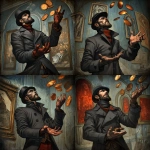Explore the Best AI Image Gallery
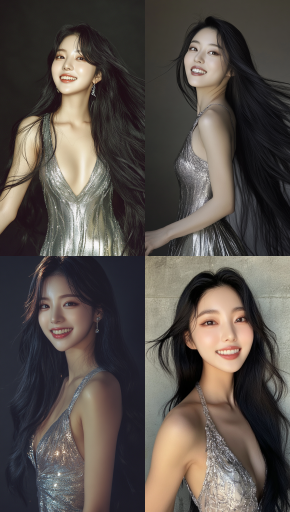
The Future of Creativity: AI-Driven Visual Experiences
As the boundary between technology and creativity continues to blur, AI-driven visual experiences are emerging as a transformative force within the creative industry. From art and design to marketing and entertainment, artificial intelligence is reshaping how we create and perceive visual content. This blog post delves into the various aspects of AI-driven visual experiences, exploring their impact on the creative sector, potential applications, ethical considerations, and anticipated trends that will shape the future of creativity.
The Impact of AI on the Creative Industry
The integration of AI tools in the creative process has sparked a revolution in artistic expression. AI technologies, including machine learning and computer vision, have enabled artists and designers to explore new techniques, automate repetitive tasks, and even create completely new forms of art. This democratization of creativity allows individuals with limited traditional skills to produce stunning visual works by collaborating with intelligent algorithms.
For instance, generative adversarial networks (GANs) have been utilized to create remarkable pieces of art that challenge conventional notions of creativity. These AI models train on vast datasets to generate unique images, resulting in pieces that often blend styles and genres in unexpected ways. Not only do they serve as a tool for established artists, but they also provide opportunities for budding creators to experiment and innovate without the fear of failure.
Potential Uses of AI-Driven Visual Experiences
The potential applications of AI-driven visual experiences extend across various sectors. Here are some notable examples:
- Advertising and Marketing: Brands are leveraging AI to create targeted visual content that resonates with their audiences. By analyzing user data and preferences, AI can generate personalized advertisements that are visually compelling, increasing engagement and conversion rates.
- Video Games: AI is being used to create immersive environments and lifelike characters, enhancing the overall gaming experience. Through procedural generation, developers can craft expansive game worlds that evolve based on player interaction.
- Fashion: AI-driven design tools are helping fashion designers visualize concepts quickly. From fabric patterns to complete outfits, AI can generate variations that inspire designers and streamline the production process.
- Film and Media: In film production, AI is being utilized for storyboard generation and visual effects, allowing filmmakers to optimize their workflow and enhance the visual impact of their projects.
- Education: AI technologies can create educational content tailored to different learning styles, incorporating visually engaging elements that cater to various age groups and comprehension levels.
Ethical Considerations
With great power comes great responsibility. The rise of AI-driven visual experiences raises several ethical questions that need addressing:
- Authorship and Ownership: As AI systems create original works, determining the authorship of such creations becomes complex. Who owns the rights to an AI-generated artwork? Is it the creator of the algorithm, the user who inputs the prompts, or the AI itself?
- Bias and Representation: AI systems learn from data, and if that data reflects societal biases, the outputs may inadvertently reinforce stereotypes or exclude diverse representations. It is essential to ensure that datasets are balanced and inclusive.
- Job Displacement: The automation of tasks traditionally performed by humans may lead to job displacement within the creative sector. While some roles may evolve into new ones supported by AI, the transition may be challenging for many professionals.
Future Trends
Looking ahead, several trends are likely to shape the future of AI-driven visual experiences:
- Increased Collaboration: The partnership between AI tools and human creators will deepen, leading to hybrid forms of art that combine machine efficiency with human intuition and emotion.
- Adoption of Augmented and Virtual Reality: AI will enhance AR and VR experiences, creating immersive environments that respond to users’ interactions in real-time, revolutionizing how audiences engage with visual content.
- AI as a Tool for Accessibility: AI-driven tools can democratize art creation, making it accessible for individuals with disabilities or those who may not have had the opportunity to engage in traditional artistic practices.
- Ethical AI Development: The evolution of ethical frameworks for AI development will gain momentum, guiding creators and technologists in developing visual experiences that are fair, transparent, and inclusive.
Conclusion
AI-driven visual experiences are not merely a trend but a profound shift in the creative landscape. As these technologies continue to develop, they hold the potential to inspire a new generation of artists, designers, and creators, encouraging collaboration and fostering creativity in unprecedented ways. Navigating the ethical implications while embracing innovation will be crucial as we stride forward into this exciting future.
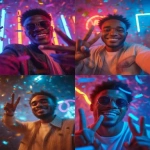
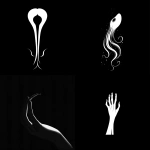

](https://images.ai-img.art/thumbnails/150/8c320ce9aefbbb5b9ec5fd4e1d0fba7388f0fff5b6c2e2f14077cad3008f291d.webp)

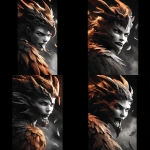
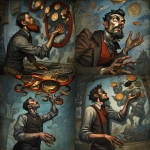
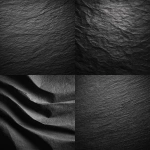

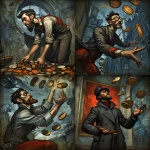
](https://images.ai-img.art/thumbnails/150/3c5dc62bba83cc9919c20ebfec8430d31e821cef586a2753dd85ef26d77d480a.webp)

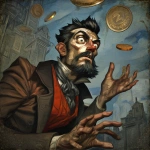
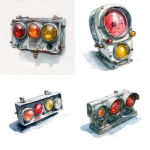
](https://images.ai-img.art/thumbnails/150/3e8c063b4357fc743a3c6e49a3145ee31b2dcecc018c38d2db8f97bf3e3fda3f.webp)



](https://images.ai-img.art/thumbnails/150/1d7b3a908141474d50d90721c394db29c0cb5404d685ae70ea60430c18e905b7.webp)


](https://images.ai-img.art/thumbnails/150/1accb5453f2335686b162f0a879c7ce73a18516a33868f214a16bdaf95beeb5a.webp)

